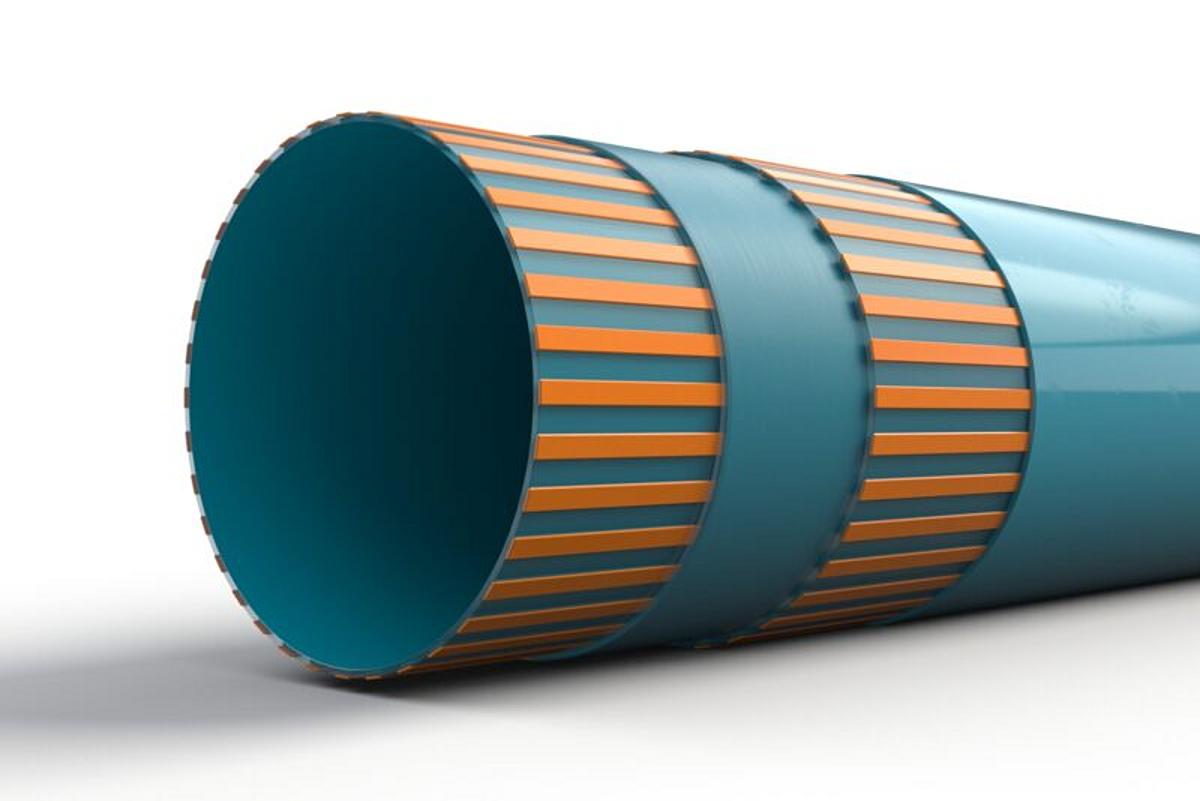Composites, also referred to as fiber-reinforced plastics (FRP), represent an innovative category of materials that have revolutionized various industries. Composites consist of two primary components: reinforcing fibers and a matrix or resin. While these components individually have limited utility, when combined, they create a powerful and versatile material with numerous advantages.
What are composites made of?
While the role of the fibers is to add primary strength and load-bearing capabilities to the composite, the matrix or resin is the material that surrounds and binds the reinforcing fibers together. In today’s industrial composites the two most commonly-found reinforcements used to make composites are glass fiber and carbon fiber while the major types of resin include polyester, vinyl ester, polyurethane and epoxy. On their own, these materials only provide limited use, however when the fibers and resins are cured into a composite during the manufacturing process in a heated dye, many useful advantages are gained.
Because of these advantages composites are used in many applications in a wide range of industries such as aerospace, automotive, construction, wind energy, infrastructure, oil and gas, defense, and telecommunication industry among many more.
Advantages of composites
Composites provide many advantages from customizability to weight savings and long-life attributes compared to other materials like steel and aluminum. Composites are very durable materials resistant to harsh environments. Composites offer long-lasting resistance to acidic, salty, or alkaline conditions. This makes them exceptionally suitable for water treatment facilities, downhole oil & gas applications, or even use at the seashore.
Composites also boast a remarkable strength-to-weight ratio. Their stiffness properties surpass those of plastics and other non-metallic counterparts, rendering them ideal for applications demanding structural integrity. Moreover, composites, featuring materials like fiberglass, are insulators, effectively preventing the conduction of heat or cold. This thermal efficiency proves advantageous in applications such as window and door frames, promoting energy conservation.
In addition to their physical attributes, composite design offers a unique advantage: the ability to seamlessly integrate multiple functions into a single profile. This versatility stems from the flexibility in choosing fibers, matting, and resin systems, enabling composites to address a diverse array of challenges and specifications across various industries.
Continuous manufacturing technologies for composites
Composites can be manufactured using various methods, but continuous manufacturing technologies like pultrusion and pull-winding come with additional benefits. In continuous manufacturing, the fibers, matrix materials and resins are continuously fed into a production line to create a composite profile that is cut to the desired lengths or shapes at the end of the process. The continuous process results in several advantages such as efficiency, consistent quality, and high throughput.
Exel Composites is one of the few global companies specializing in continuous manufacturing technologies for composites. Exel has over 60 years’ experience in solving challenges and helping customers save resources with composites in a wide range of industries around the world. You can find Exel’s products used in applications from wind power and transportation to building and infrastructure.






